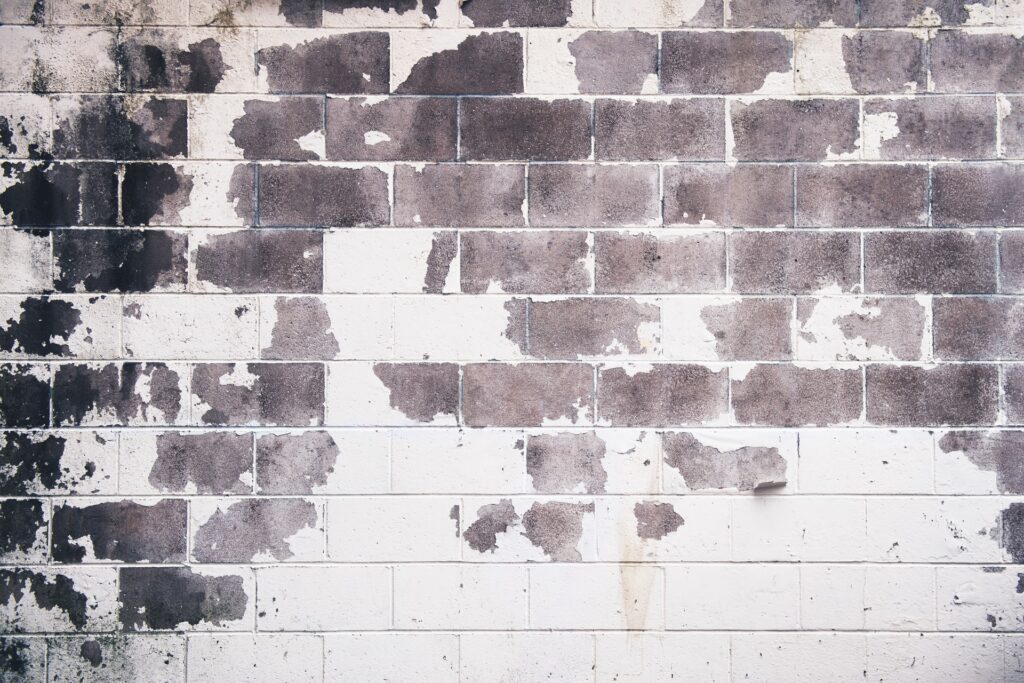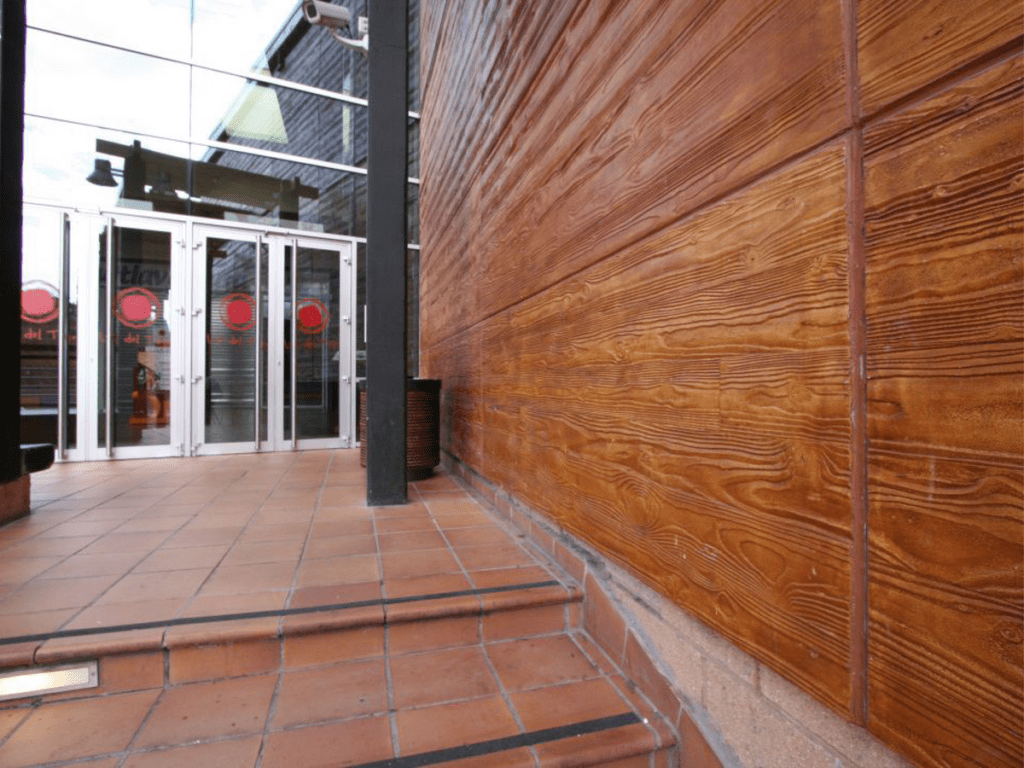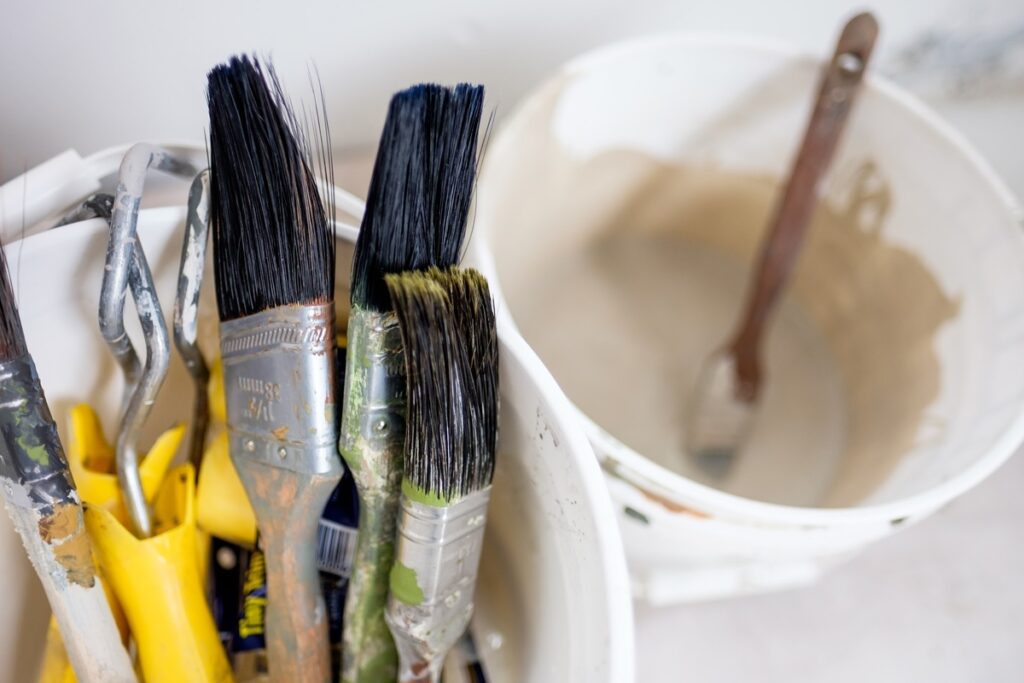Around the world, more than ten billion tons of concrete and almost four hundred million tons of concrete are produced each year. Although the first image that comes to mind may be monolithic gray slabs or simple red brick, concrete and masonry stain can bring a pop of color to any project.
Stain can enhance the look of a modern skyscraper. It can add durability to a brick home in the suburbs. Any porous surface benefits from stain!
Unlike paint, stain provides a long-term finish without cracking or peeling. Once applied, stain will not need to be reapplied for decades.
Read on to discover how stain works for concrete and masonry and how it can improve the appearance of commercial or residential properties!
How Stain Works: The Basics
Simply put, stain is a penetrating tint that is water-based and nontoxic. It resists mold and mildew and provides visual appeal.
Stain works by binding mineral pigments or high-quality polymers to the concrete on a chemical level. This creates an extra layer of durability on vertical surfaces of concrete, masonry, and more.
Staining provides coloring from a gentle tint wash all the way to an opaque burst of color and anything in between.
For restoration projects, stain can be used to accurately match the color of existing concrete or masonry.
Stains can help cover imperfections in the concrete manufacturing process, mismatches issues with brick, or blend away blemishes with an existing concrete surface.
How Is Stain Different From Latex Paint?
Latex paints can certainly be applied to porous surfaces like concrete and masonry. However, due to the nature of these surfaces, that application won’t last.
Over time, exposure to the sun and weather conditions causes latex paint to fade, crack, and peel. A wall painted with latex paint will need to be redone every few years.
The requirement to touch up or reapply paint to walls means added expense and inconvenience over time. Chipped and peeling paint is an eyesore for any commercial or residential property.
Mineral and acrylic stains are different than paint because the stain actually absorbs into the substrate. Latex paint simply fills in the porous surfaces.
Using stain provides color that will not fade, crack, or peel. This means that concrete stain will continue to look as good year after year without expensive reapplications.

Why Is Stain Better on Porous Surfaces?
At a glance, both concrete and masonry appear to have a smooth surface. In reality, these substrates are actually porous substances made of microscopic holes and channels.
During rain or snow, these holes and channels fill with moisture. Expanding and contracting allows these materials to adapt to temperature changes. This is why they remain such a durable and popular building surface!
Once a stain is applied, it covers these holes and channels with a thin layer of color instead of filling them in. This allows the substrate to maintain its durability and weather soundness.
For best results, before the application of stain, it is important to do a substrate test. This on-site evaluation will look at the water absorption, pH, and moisture content of the concrete.
Proper testing before staining ensures longevity and a beautiful finish for the project.
What Concrete Surfaces Are Best for Staining?
The main purpose of staining is to enhance appearance. One current trend in stain is its usage inside for accent walls or to refresh masonry fireplaces.
Primarily, stain products work best for external, vertical surfaces, however. Both commercial and residential properties can benefit from the added visual appeal of stain.
Stain can be found on new, modern skyscrapers as well as historic buildings. In fact, the ability to match colors provides as much benefit to restoration projects as new construction.

What Are the Long-Term Benefits of Using Stain vs Paint?
In addition to its durability, stain offers other benefits over paint.
Generally, staining products are water-based and have low or zero VOC content. This means that they are better for the environment than many latex paints.
Some stains provide an additional water repellent coating with a single application. They also can help concrete resist mold and mildew.
Whereas paint can only provide an opaque covering, concrete staining can adapt to any design. From a light wash of cool blue color to a bold covering in warm terra cotta, professional Stain Technicians can formulate almost any color for a project’s need.
Stains can replicate the look of wood or masonry. There are even metallic stains that add a modern shimmer to a project.
What Are the Benefits of Hiring a Professional Concrete Stain Company?
Every surface is slightly different in composition and chemical makeup. Location is also a factor in deciding what type of stain to use. Different formulations occur to address variations in climate and environmental factors.
That’s why it’s important to seek out professionals to test the surface and explore stain options. Color consultations are also crucial to ensure a proper final result.
A professional stain company cleans and preps the surface. Then they apply the stain for even and consistent coverage.
Are You Ready to See How Concrete Stain Can Improve Your Property?
If you are considering stain, contact us for a professional consultation. Our experts know how stain works for various projects and environmental conditions. They can perform tests to make sure you get the best product for your particular needs.
Our professional team offers expert guidance for every step of your project, from selecting the best color palette to ensuring the right product is used, as well as full-service concrete stain application.

